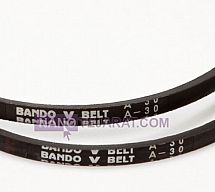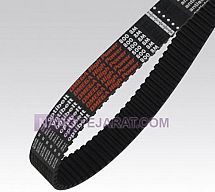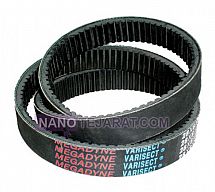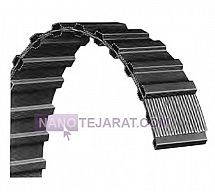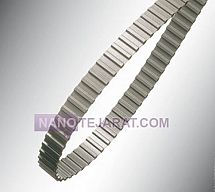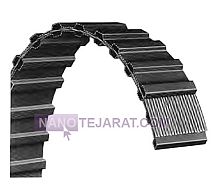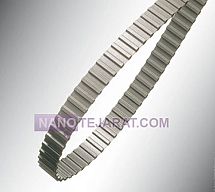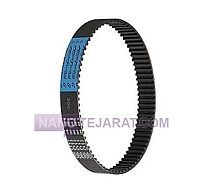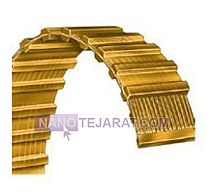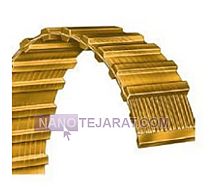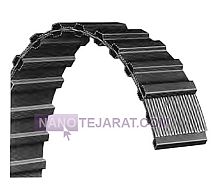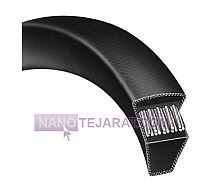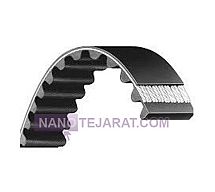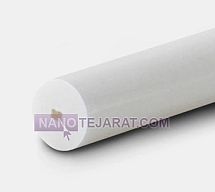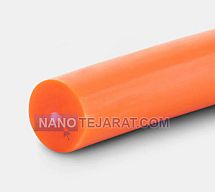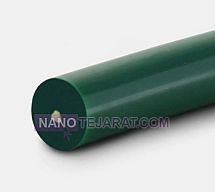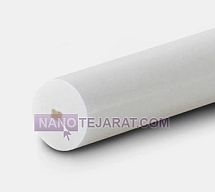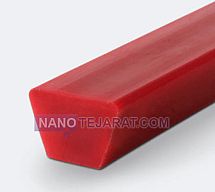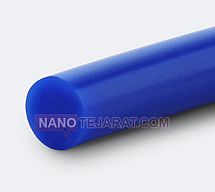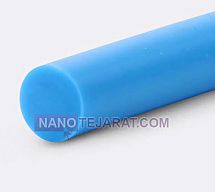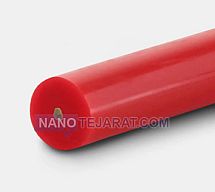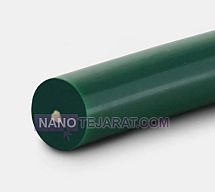

Industrial belts are vital components in power transmission systems, made from materials such as polyurethane, rubber, and neoprene. Belt widths typically range from 10 to 100 millimeters, with thicknesses between 2 and 10 millimeters. The tensile strength of belts can reach up to 2000 Newtons per millimeter of width, and they withstand temperatures from -20 to +80 degrees Celsius. These belts perform efficiently at operating speeds up to 30 meters per second. Selecting the appropriate belt based on technical specifications like thickness and width directly impacts equipment efficiency and longevity.
The price of welding wire and industrial belts is influenced by raw material quality, manufacturing standards, and mechanical strength. Industrial belts are produced according to DIN 2215 and ISO 4184 standards, ensuring durability and optimal performance. Resistance to abrasion, oil, and chemicals also plays a key role in final pricing. Higher quality belts typically cost more but reduce maintenance and repair expenses. When choosing an industrial belt, careful evaluation of welding wire price and technical specifications is essential to achieve the best economic outcome.
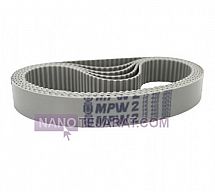
.jpg?width=215&height=192&cropratio=215:192&image=/admin/uploads/تسمه-صنعتی-تایمینگ-Industrial-timing-belts-پاور-بلت-94-u3092-c577ab-New Project (5).jpg&url=/admin/uploads/تسمه-صنعتی-تایمینگ-Industrial-timing-belts-پاور-بلت-94-u3092-c577ab-New Project (5).jpg)
.jpg?width=215&height=192&cropratio=215:192&image=/admin/uploads/تسمه-صنعتی-PU-پلی-یورتان-Polyurethane-PU-industrial-belts-پاور-بلت-94-u3092-5bee25-New Project (8).jpg&url=/admin/uploads/تسمه-صنعتی-PU-پلی-یورتان-Polyurethane-PU-industrial-belts-پاور-بلت-94-u3092-5bee25-New Project (8).jpg)
